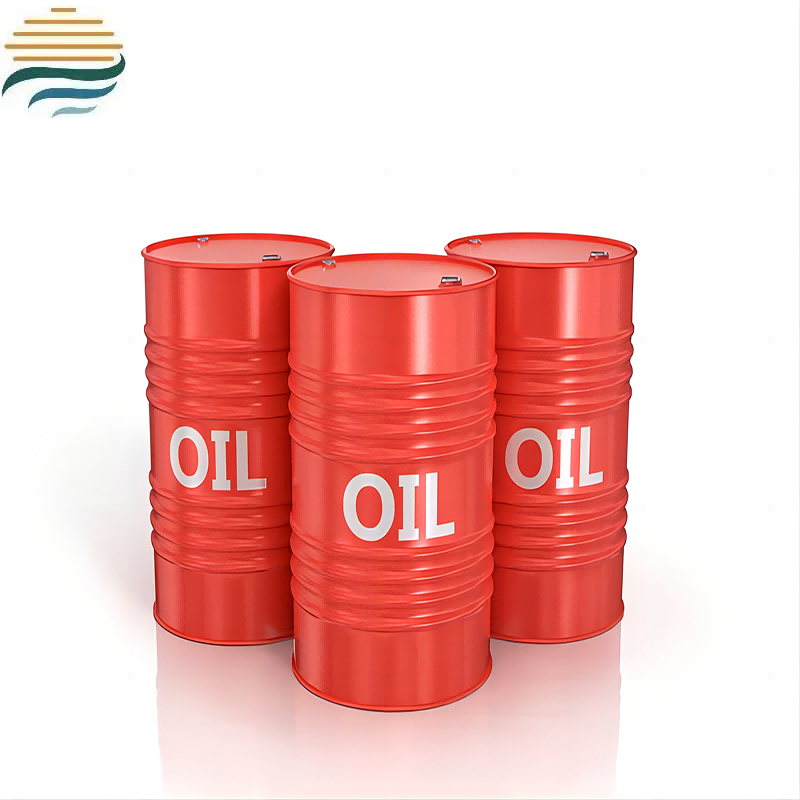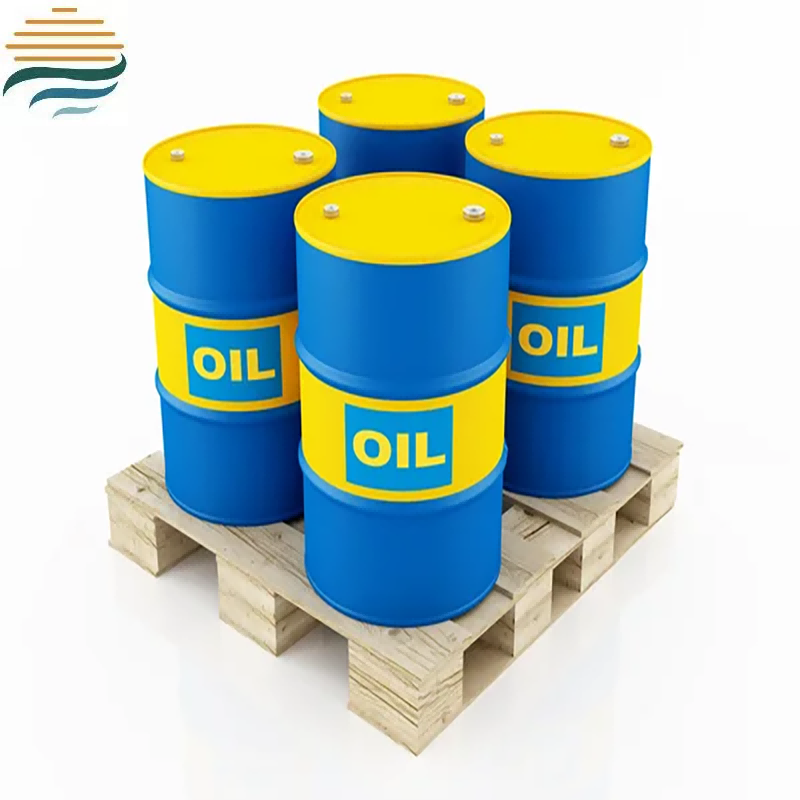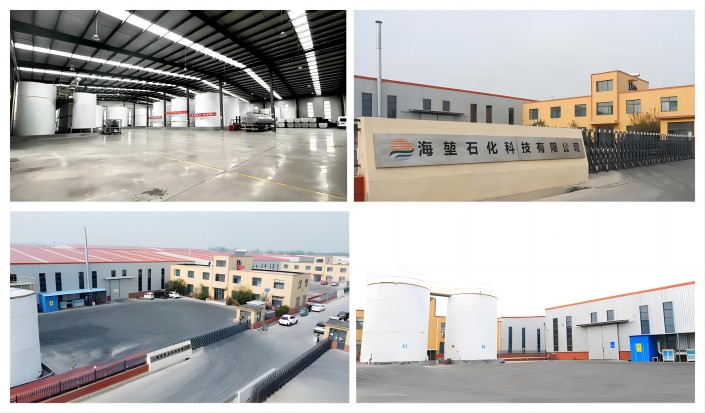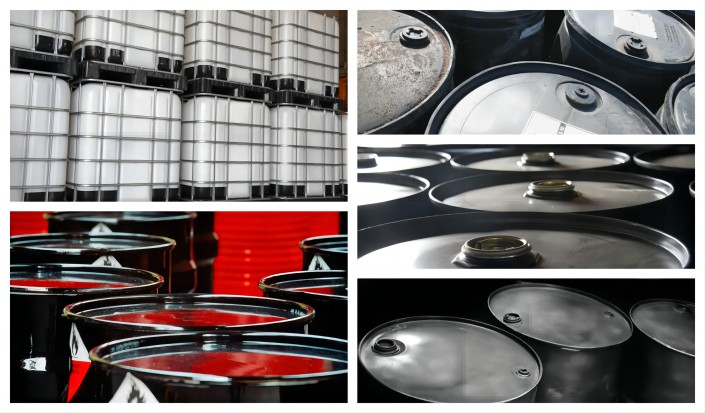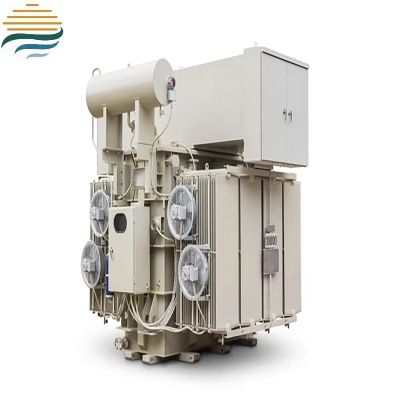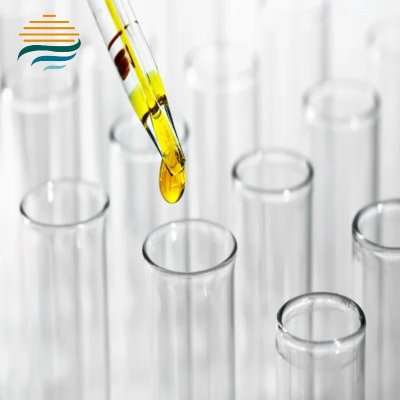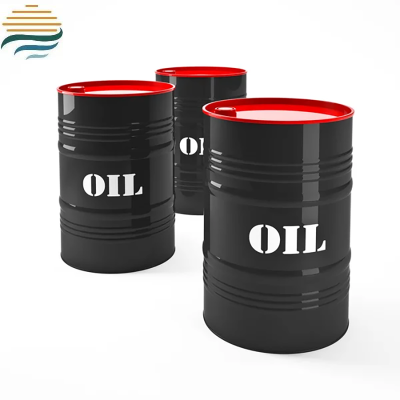Transformer Insulating Oil U-10 Types
Naturally occurring petroleum is the source of mineral oil, the most prevalent liquid dielectric in transformers. Apart from providing excellent insulation, it crucially facilitates transformer heat dissipation and arc quenching. When an arc occurs, the oil instantly cools it down, causing the arc to extinguish. Moreover, it efficiently carries away heat and gases generated from the discharge, swiftly diminishing the voltage in the discharge zone, ensuring effective discharge control.
Product Details:Transformer Insulating Oil U-10 Types
Haikun Naphthenic Transformer Oil, a pure naphthenic-derived oil without antioxidant additives, showcases superior electrical insulation properties, natural resistance to oxidation, and efficient heat exchange capabilities. It is designed for use in transformer grids, industrial transformers, and electrical equipment like rectifiers, short-circuit breakers, and switches.
PARAMETER:
Sports Event | IEC60296:2020 TVBUs (LCSET-30°C) Quality indicators | Typical properties | Test Methods |
Functional characteristics | |||
Pour Point/°C | ≯-20 | -25 | ISO 3016 |
Kinematic viscosity (40°C)/(mm²/s) | ≯12 | 11.5 | ISO 3104 |
Kinematic viscosity (-30°C)/(mm²/s) | ≯1800 | 1400 | |
Water content/(mg/kg) | ≯30 | 18 | IEC 60814 |
Breakdown voltage/kV | - | - | IEC 60156 |
-Untreated oil | ≮30 | 40-70 | |
-Treated oil | ≮70 | >70 | |
Density (20°C)/(kg/m³) | ≯895 | 889 | ISO 12185 |
Dielectric loss factor (90°C) | ≯0.005 | <0.001 | IEC 60247 |
Refining/stabilizing properties | |||
saturation (color theory) | ≯1.5 | 0.5 | ISO 2049 |
exterior condition | Clear and transparent, no precipitation | Clear and transparent, no precipitation | visual assessment |
Acid value/(mgKOH/g) | ≯0.01 | <0.01 | IEC 62021-1 |
Interfacial tension/(mN/m) | ≮40 | 46 | ASTMD 971 |
corrosive sulfur | non-corrosive | non-corrosive | DIN 51353 |
corrosive sulfur | - | non-corrosive | ASTMD 1275B |
Potentially corrosive sulfur | non-corrosive | non-corrosive | IEC62535 |
DBDS/(mg/kg) | Not detectable (<5) | not detected | IEC 62697-1 |
Antioxidant content/% | Not detectable (<0.01) | not detected | IEC 60666 |
Metal passivator/(mgkg) | Not detectable (<5) | not detected | IEC 60666 |
2-Furfural content and related substances (single component) (mg/kg) | Not detectable (<0.05) | <0.01 | IEC 61198 |
Operational characteristics | |||
Chlorine stability (164h) | - | - | IEC 61125 |
--Total acid value (mg KOH/g) | ≯1.2 | 0.70 | |
-- Oil sludge/% | ≯0.8 | 0.35 | |
--Dielectric loss factor (90°C) | ≯0.500 | 0.040 | IEC 60247 |
1. Market Research Analysis
Integral to the power sector, the Transformer Oil Market plays a vital role in sustaining global electric grids. Its primary focus revolves around the creation and supply of dielectric insulating liquids crucial for transformers, fostering efficient power delivery and insulation. Serving a wide range of industries from power utilities to government organizations and manufacturing plants, it experiences robust demand in the <100 MVA sector. Currently, mineral-based products, derived from crude oil, lead the market, yet there's a discernible shift towards eco-friendly bio-based alternatives. Transformer oil finds application in diverse settings such as capacitors, circuit breakers, switchgear, boilers, refineries, power stations, and manufacturing facilities, with a pivotal role in three-phase transformers, offering resilience against thermal stress, high dielectric strength, and excessive heat. Additionally, it supports industries like chemicals, food processing, steel, automotive, and power generation. Emerging sectors like renewable energy and HPC present new horizons for market growth. However, the market grapples with challenges including managing thermal stress, enhancing dielectric strength, and developing high-performance insulating fluids to meet the evolving needs of modern power grids.
2. Physical and Chemical Performance Testing
Acidity Metric and Basicity Rating: The acidity metric of transformer oil provides insights into its aging status. An excessively high acidity metric could point to an overabundance of acids, posing risks of equipment corrosion and reduced insulation. In contrast, basicity, or alkalinity, is indicative of the oil's antioxidant prowess.
Foam Resistance Capability: Transformer oil's tendency to bubble when heated or pressurized, particularly with high water content, necessitates assessment of its foam resistance capability. Ensuring effective bubble elimination is vital to maintaining optimal oil performance.
Own Factory
Employees at Working
Canned Oil Products
Transportation
Corporate Culture
Beyond a mere catchphrase, 'customer first' embodies the essence of our actions. We attentively heed the needs of every individual customer, discern their expectations, and strive to exceed them through our professional services and high-quality products. For us, the ultimate measure of success is customer satisfaction, which also serves as the spark that ignites our passion.
Customer Reviews
"From Greece, I want to express my satisfaction with Haikun Petrochemical's products and services. Their industrial lubricants have significantly improved our machinery's performance, and their team's professionalism is commendable. A great supplier!" — Greece, Alexios Papadopoulos


